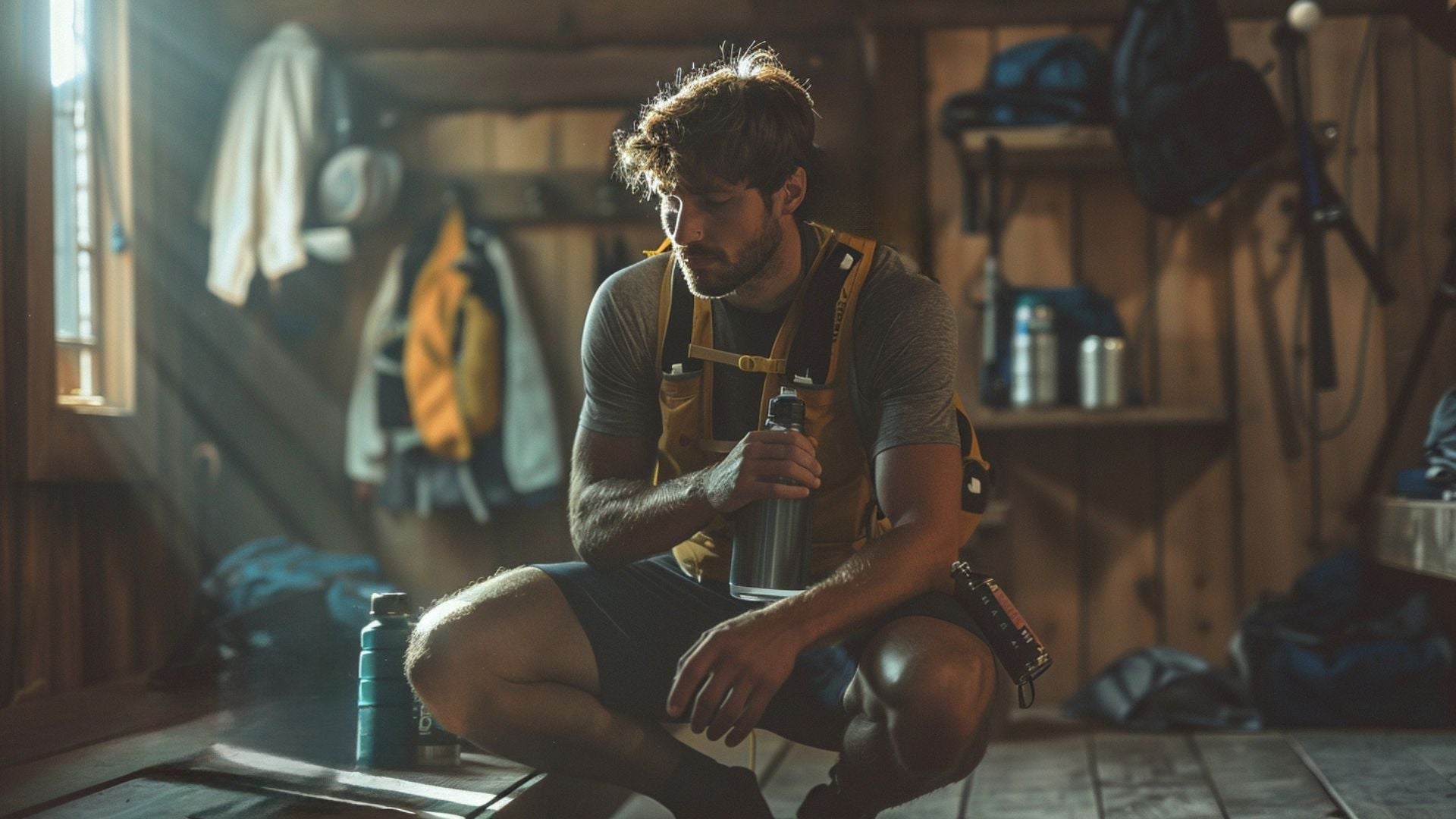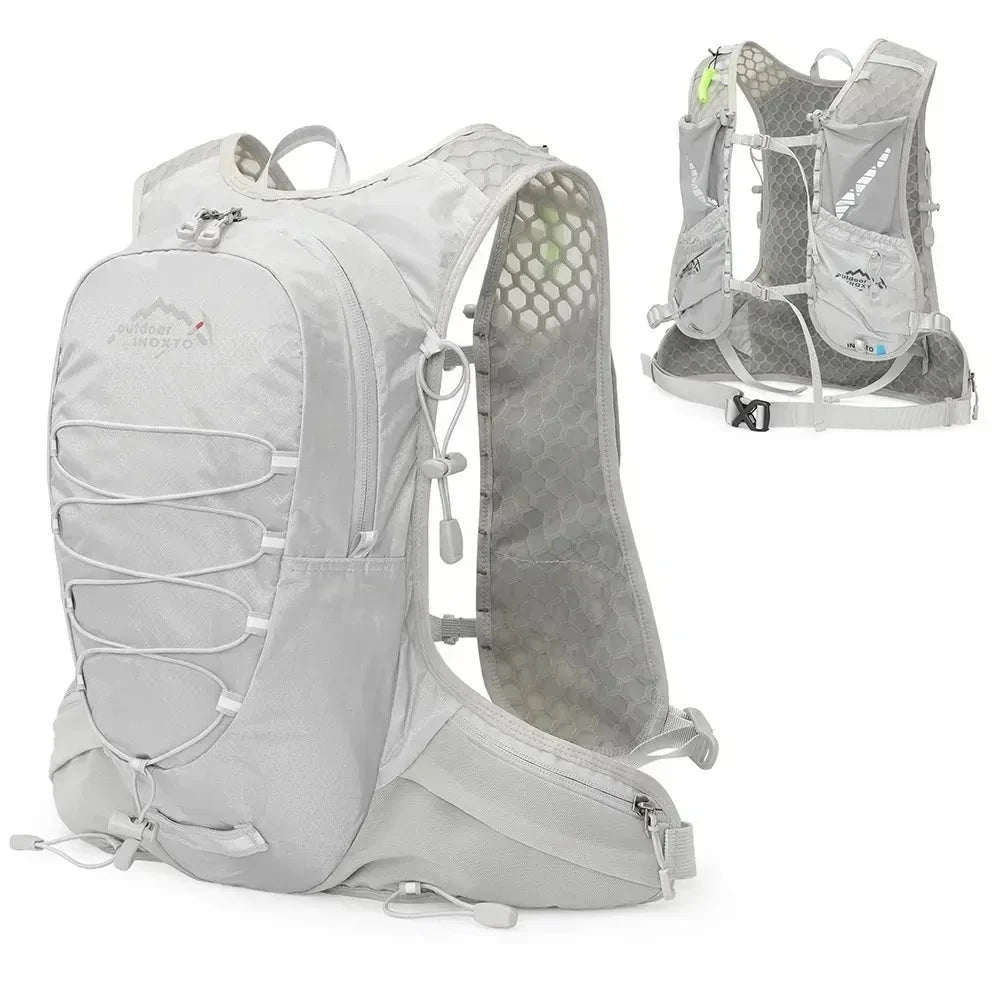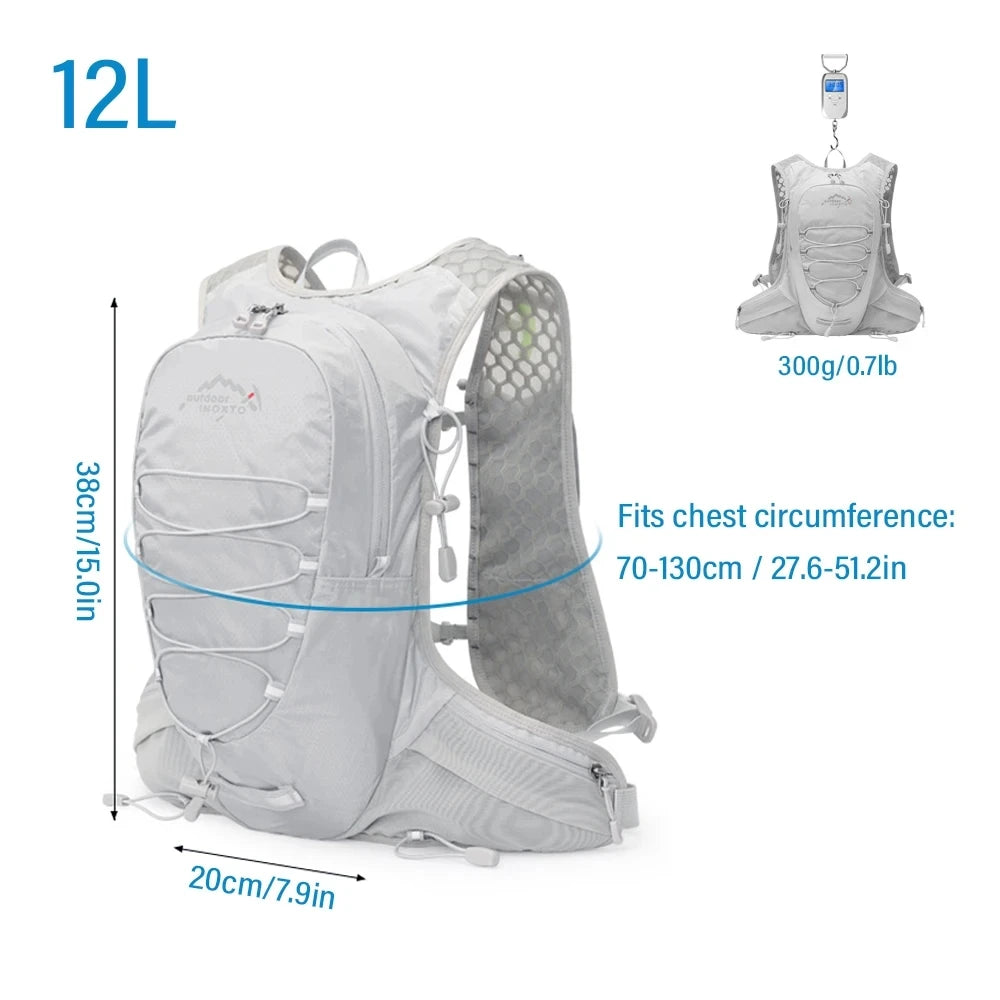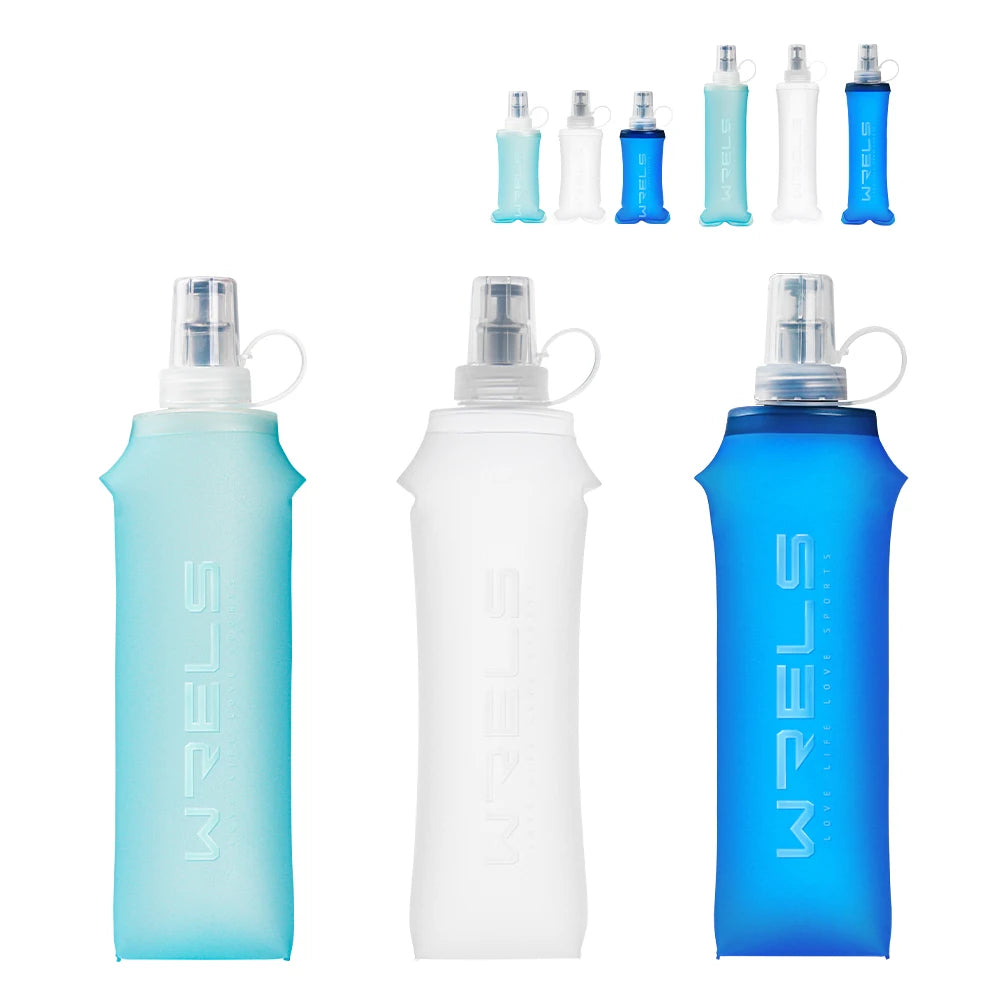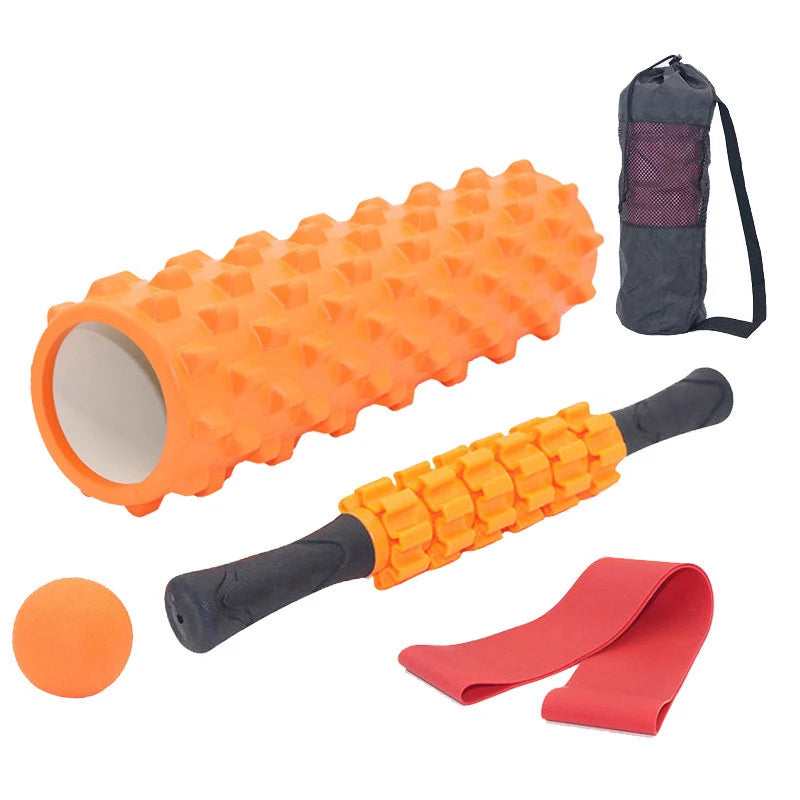If you’ve ever hit the wall mid-trail with a dry mouth, pounding head, or cramping legs, you’re not alone. Hydration mistakes are one of the most common reasons trail runners suffer from fatigue, dizziness, or poor performance, especially in New Zealand’s varied terrain and weather.
With years of trail experience under our feet and feedback from thousands of runners, we’ve identified the three biggest hydration pitfalls and how you can avoid them. Whether you're a weekend warrior or ultra-distance athlete, these fixes will help you run smarter and stay stronger.
Mistake #1: Drinking Too Late
What Happens:
Many runners wait until they feel thirsty to drink. But thirst is a late-stage signal. By the time it kicks in, you could already be mildly dehydrated, reducing blood volume and oxygen delivery to your muscles.
How to Avoid It:
Hydrate before the run (about 300–500 ml of water 30–60 minutes prior) and then sip regularly throughout your run, especially if it's longer than 45 minutes.
Pro Tip:
Use a hydration vest with soft flasks or a hydration bladder with a bite tube to make sipping effortless while moving.
Mistake #2: Relying on One Water Source
What Happens:
Only carrying a handheld bottle or relying on a single bladder can be risky on longer or more remote runs. If it leaks, runs dry, or isn’t accessible on the go, your hydration plan fails.
How to Avoid It:
Use a dual system: soft flasks in the front for frequent sipping, and a bladder in the back for backup or longer efforts. You’ll always have water accessible, plus balance across your vest.
Pro Tip:
Choose leak-proof soft bottles that fit snugly in front pockets and have high-flow valves for convenience.
Mistake #3: Ignoring Electrolytes
What Happens:
Drinking only water, especially over long distances or in hot weather, dilutes your body's sodium levels. This can lead to cramping, headaches, or even hyponatremia.
How to Avoid It:
Use electrolyte tablets, hydration mixes, or gels that replace sodium, potassium, and magnesium. Add them to one of your bottles or rotate every second water stop.
Pro Tip:
If you're a salty sweater (white crust on clothing or heavy sweat rate), you likely need more electrolytes than average.
Gear Makes a Difference
Hydration isn’t just about knowledge, it’s about having the right tools. Here’s what experienced trail runners rely on:
-
Soft Flasks (250–500ml): Lightweight, packable, easy to sip while running
-
Hydration Vests: Even weight distribution, fast access to water and fuel
-
Bladders (1.5–2L): Ideal for long-distance or backcountry trails
-
Electrolyte Carriers: Pockets for salt tabs, gels, or mix packs
Our shop stocks trail-tested hydration systems that are ultra-light, leak-resistant, and designed specifically for rugged NZ terrain. They’re easy to carry, clean, and use, whether you're racing a 10K or training for an ultra.
Smart hydration isn't just about drinking more, it's about drinking better. Avoiding these three mistakes can dramatically improve your endurance, prevent injury, and help you enjoy your time on the trails without burnout or cramps.
Next time you head out, ask yourself: Do I have enough water? Can I access it easily? And have I replaced what I’ve lost?
Your future self (and legs) will thank you.

